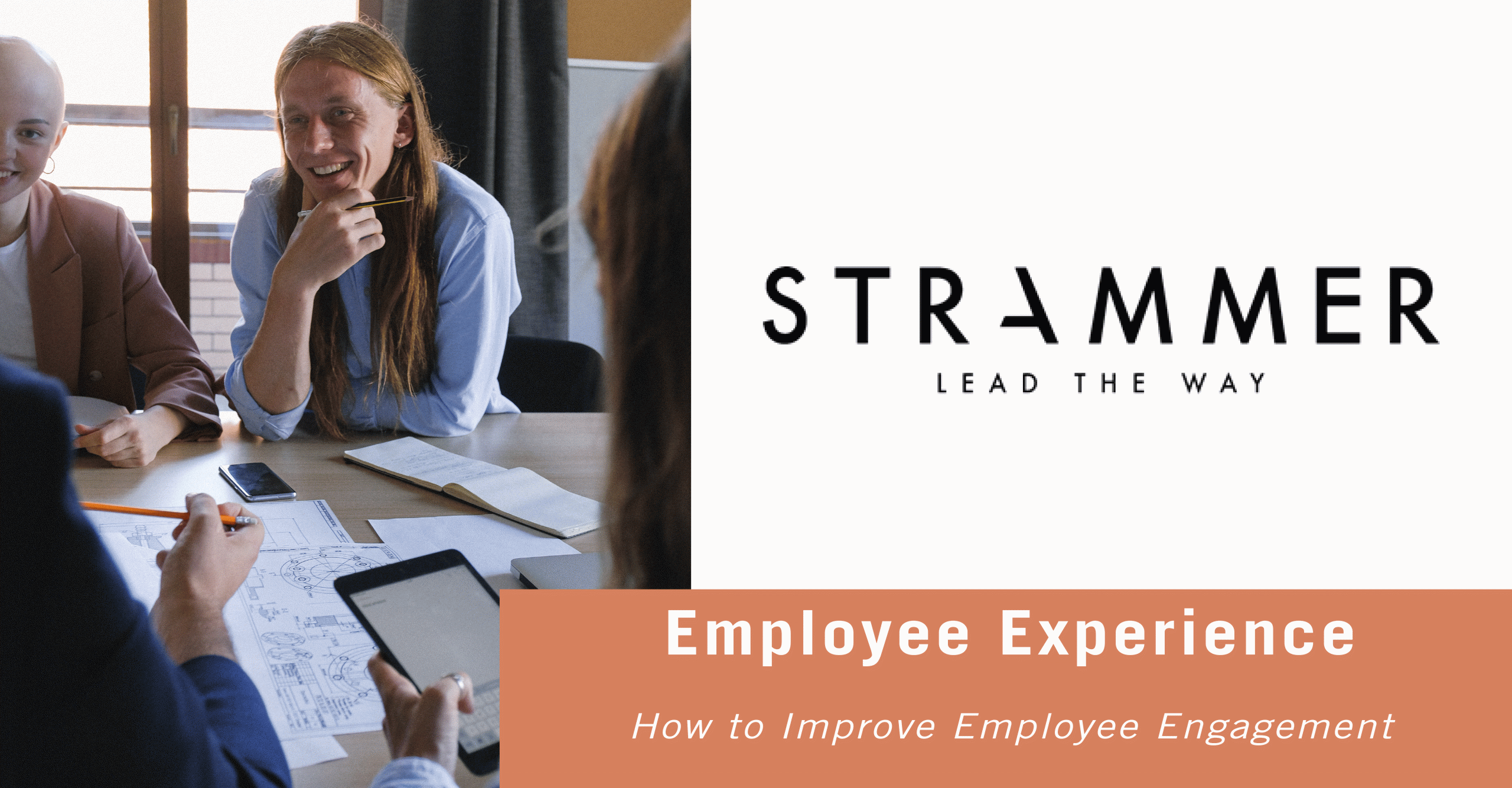Improving Employee Engagement
In today’s competitive and rapidly evolving business environment, it is critical that organisations engage their workforces, as engaged employees drive business success in numerous areas.
Indeed, Gallup found that companies with higher engagement achieved 23% better profitability, 18% less turnover, and 10% higher customer loyalty. There is research which finds links between employee engagement and successful business outcomes. It is widely argued that employee engagement should be treated as an issue of organisational strategy, not just an optional add-on.
Employee engagement is the product of multiple factors unique to each workplace. However, it is possible to identify some key drivers which organisations can consider. For one, managers have a considerable influence on the engagement levels of their reports. Gallup’s research involving 2.7 million employees from 96 countries found that managers account for 70% of variance in employee engagement levels. Therefore, it is necessary that HR understands how well managers are meeting employee needs, such as those concerning feedback, role clarity, and recognition.
Cultural alignment is another important component of employee engagement. When this is achieved, employees, leaders, and organisations have a common understanding of values. According to psychologist David Youssefnia, cultural alignment is also linked with higher customer loyalty and higher rankings of service quality. Ensuring cultural coherency is a challenge for companies, particularly multinational ones. However, approaching the task strategically can help achieve cultural consistency.
Finally, learning and development (L&D) is of huge importance to employees nowadays. If they are unsatisfied with the development opportunities at their organisation, they could become disengaged and decide to leave. According to LinkedIn’s Workplace Learning Report 2018, 94% of employees said they would stay at a company longer if it invested in their development. L&D is essential in equipping employees with the skills to advance and cope with digital transitions. According to Southern New Hampshire University, the support that organisations should provide includes “dedicated time to work on goals and assigning projects that reinforce learning.”
Ultimately, employee engagement does not have one single solution. However, through employee feedback and a strategic approach, there is real scope to simultaneously improve the employee experience and achieve better business outcomes.
References:
- How a Culture of Learning Produces a More Engaged Workforce, South New Hampshire University, February 2020.
- Ensuring Company Culture And Values Positively Impact Employee Engagement, July 2019,
- Here’s How You Build and Align Workplace Culture, January 2020,





